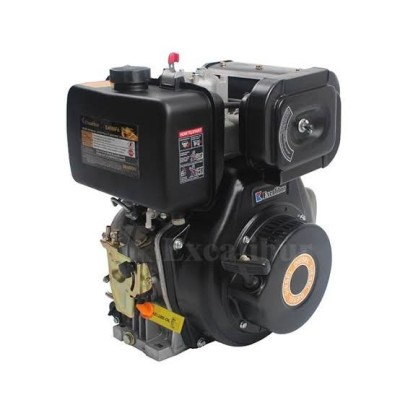Capsicum farming
Raising Seedlings
• Capsicum is normally raised in nursery & transplanted but it can also be directly sown
• Capsicum can also be raised in seed trays
• Seed Rate: 100g per acre
Nursery Site Selection:
• The nursery should be sited in a plot that has not been planted with a member of Solanaceae family for the last 3 years
• The nursery site should be well drained
Nursery Establishment:
• Prepare a nursery bed of 1 m width and of a convenient length
• Make drills on the seedbed at a spacing of 10 – 20 cm apart
• Thinly sow the seeds in the drills and cover lightly with soil
• Water the nursery regularly
• Prepare shade and cover with organic materials such as dry grass
• The shade protects young seedlings from exposure to sun
Management of Nursery:
• Water the nursery regularly
• Harden the seedlings 1 – 2 weeks before transplanting by reducing the frequency of watering and gradually exposing the seedlings to direct sunlight
• Control of whiteflies is important since they transmit viruses to young Capsicum plants
• These insects can be blocked from reaching the seedlings by using an insect proof net
Transplanting
Appropriate Time
• Seedlings are transplanted out in the field at the 4– 6 true leaf stage, usually 6 – 8 weeks after sowing
• Hardy transplants can be produced by restricting water and removing shade protection 1 week before transplanting
• It is recommended that transplanting should be done either early in the morning or late in the evening.
Recommended Spacing
• Plant Spacing: 60 cm×45 cm or 70 cm×30 cmdepending on the variety
• Plant Population per Acre: range from 14,814 to19,047
• Appropriate spacing produces short sturdy plants with good root system
Fertilizer Application Rates
• The type of fertilizer and amount needed depend on soil analysis results
• Apply 100 kg per acre of DSP/TSP during
transplanting
• The fertilizer should be mixed thoroughly with the soil
Top-dressing
• Capsicum crop should be top-dressed with
organic and inorganic chemical fertilizers to
produce high yields
• 1st top-dressing is done with 40 kg per acre
of CAN 2 – 3 weeks after transplanting
• 2nd top-dressing is done with 80 kg per acre
of CAN 4 – 6 weeks after transplanting
• During flowering high amounts of nitrogenous fertilizer should be avoided.
Crop Management
Training and Staking
• Staking keeps the plants upright and also keep the fruit away from the soil
• Staking materials: Wood stakes, bamboo or any sturdy material
• Strings, plastic strips or other material can be used for training the plant to the stake
• It keeps the canopy intact, thus preventing
sunscald on the fruit
• It also prevents the plant from splitting during aheavy fruit load
• Staking can help minimize lodging
Pruning
• Capsicum plants initially develop one single stem
• Later more shoots develop
• Each shoot will branch further after one or two leaves, while producing flower buds at the point of division
• The most common way of growing Capsicum is to facilitate development of two main shoots
• If three or four main shoots are required, the third and fourth must normally be taken from the second branching
Control Flower Load
• Capsicum plant starts flowering about 2 – 3 weeks after planting
• The first flower must be removed
• Later flowers may develop into fruit
• Sufficient leaf area must have developed for one to allow the plants to carry the fruits
• Plants with 3 or 4 axils above the branching are big enough to be allowed to set fruit
• Young plants fruit load must be controlled by the grower, in order to achieve a reasonable fruit weight
• Side shoots should have equal vigour.







